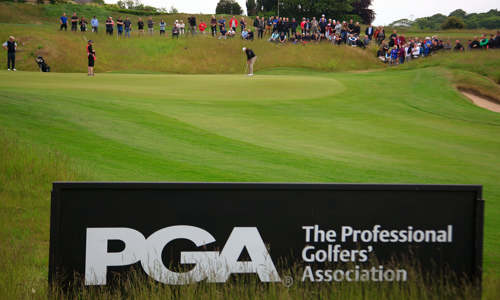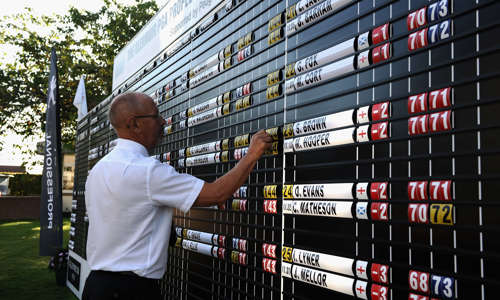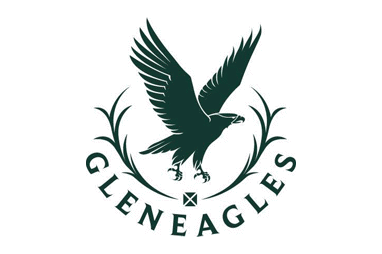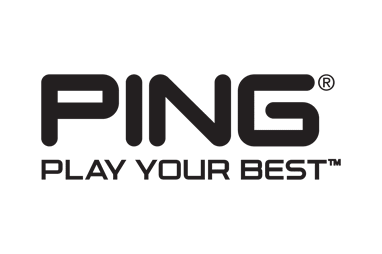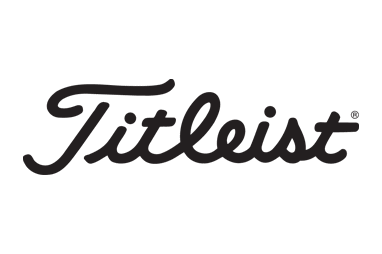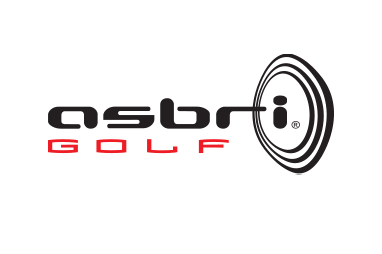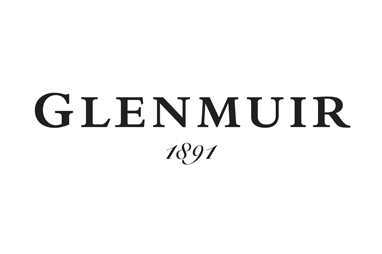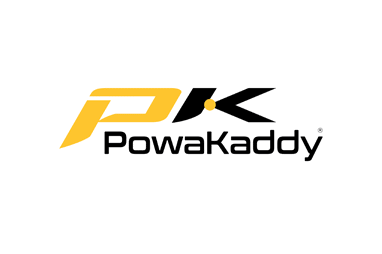A research theory developed during the analysis of countless sports applies compellingly to alignment in putting, argues Dr Paul Wood, VP Engineering, Ping.
Putting is, in many ways, the simplest movement in golf. Being a good putter comes down to three basic skills: controlling the initial direction of the putt; controlling the speed; and reading greens.
We have seen nothing in our data to suggest that players who are “zeroed out” are inherently more consistent delivering the face at impact. Our real performance metric is to measure the ability to regularly hit the intended start line. This field of understanding how the shape, colour and features of the putter affect alignment is part engineering, part psychology and part physiology.
Alignment archetypes
More than 10 years ago, we conducted research aimed at identifying some general rules we could use to categorise players who would perform well with particular alignment features. We asked a large group of players to try putters of all kinds of shapes, sizes, colours and alignment cues.
We then used a technique called “cluster analysis” that groups together players with similar preferences and performance outcomes.
For example, it would identify that “John” is pretty similar to “Jane” in terms of optimum putter alignment archetype – they are in the same “cluster”. What we found was that the vast majority of players fall into four different archetypes based on the primary feature they use for alignment.
Quiet eye research
In sports research there is a term known as the quiet eye, which refers to the final, steady gaze a player or athlete holds on a specific target right before they make a critical movement, like shooting a basketball or swinging a golf club. This focused look usually lasts longer in skilled athletes and helps them concentrate, make better decisions and perform more accurately.
You could think of it as locking in on the target to block out distractions and prepare the body for action. There is a large body of research proving this effect in a number of different areas. In the most simplistic terms, if the design of the putter can create a more consistent and focused gaze, the player is more likely to make a good stroke and hole more putts.
This image shows eye tracking heat maps for a player looking at a putter with no alignment line and with a long alignment line.
Implications for PGA Professionals
Over the years, we have found that many players don’t give much thought to why certain putters just “suit their eye”. With just a little prompting on which of these four alignment archetypes they identify with most, you can help golfers narrow down their choices in the putter corral.
Our eye tracking research indicates when a player perceives they can line up their putter easily, it is likely that they are achieving a better Quiet Eye in their pre-putt routine and they usually have better performance. This is a great example of a time where, as a coach working with a player, you can feel confident about trusting your senses to help the player Play Their Best.
Click here for bibliography.





